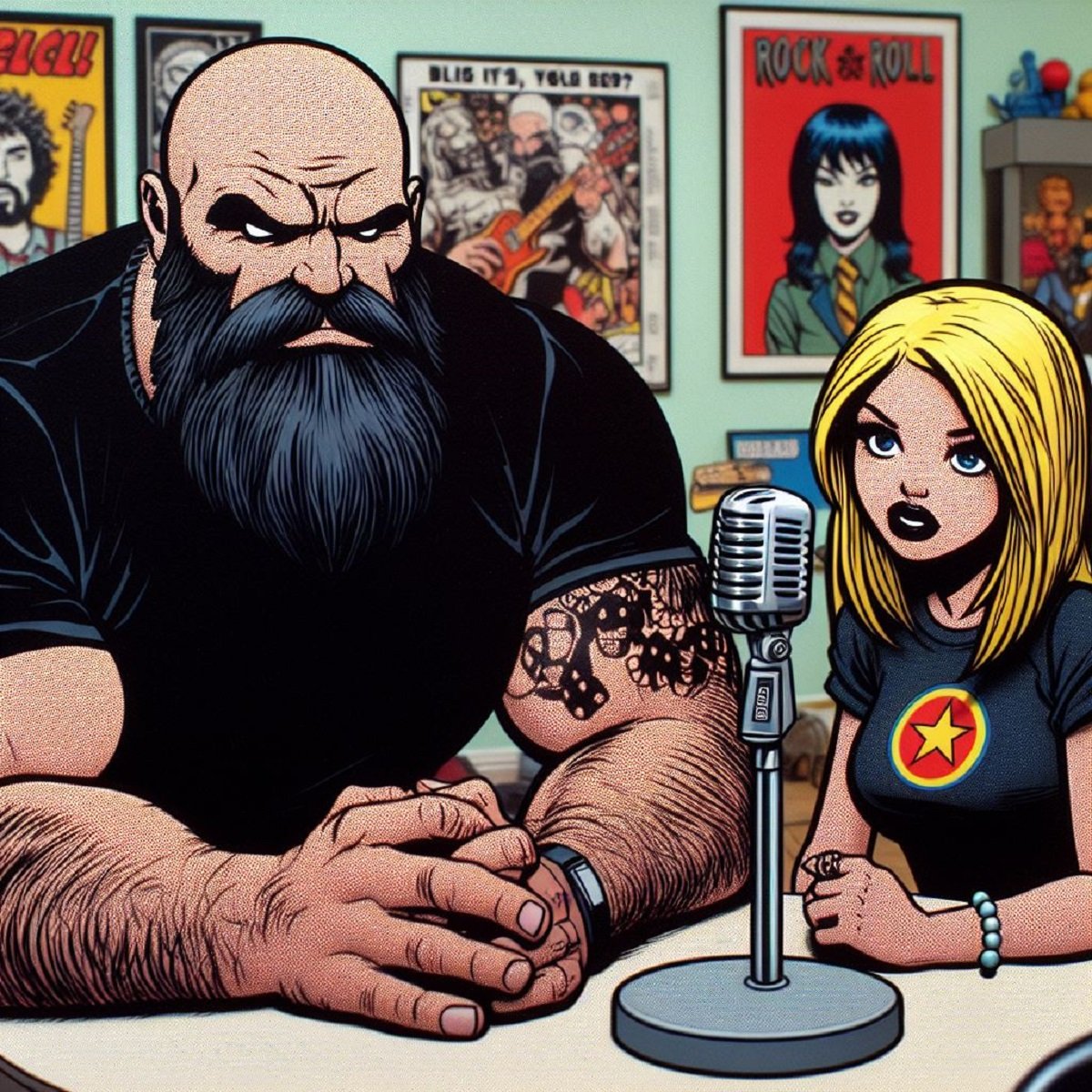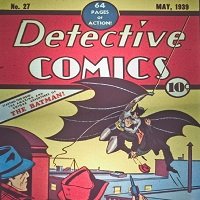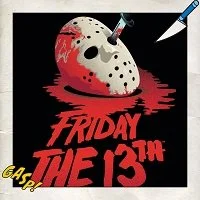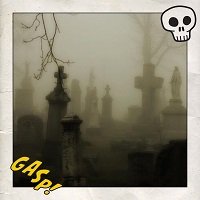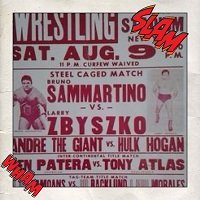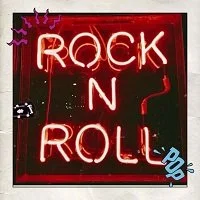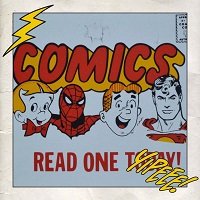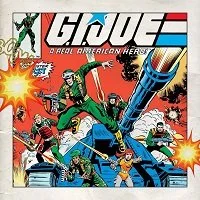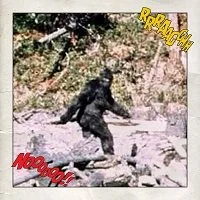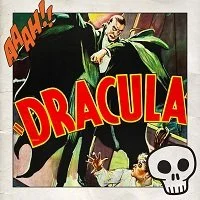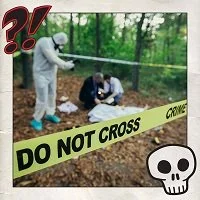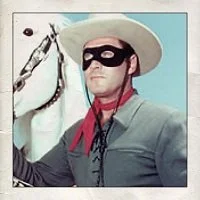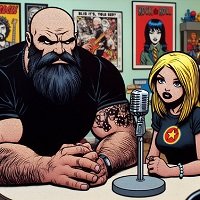Pixel Logic: Jerry Lawson and The Channel F
By: Juan Nunez (Twitter)
It's the summer of 1975 in Menlo Park, California, a suburb a few miles outside of San Francisco. The Homebrew Computer Club, a hobbyist club of like-minded electronics and computer enthusiasts, is meeting. These people will lay the foundation for Silicon Valley and the home computer market over the next two decades. Among them are such future titans of industry as Steve Jobs and Steve Wozniak. They began working on their Apple computer project while attending meetings of the Homebrew Computer Club. This is not their story. Instead, this is the story of one of the lesser-known members of the Homebrew Computer Club. He lived most of his life in relative obscurity despite a gigantic intellect and gift for innovation. That man is Jerry Lawson, the creator of the Fairchild Channel F video game console.
Gerald "Jerry" Lawson was born in Brooklyn, New York on December 1, 1940, and grew up in a housing project in the Jamaica section of Queens, New York. Jerry's family were science and education enthusiasts who did not get opportunities to follow their passions due to the blatant racism of the era in which they lived. Jerry's father worked at the docks and loved reading science books and periodicals. Jerry's mother was a city employee and one of the few black PTA members and eventually PTA leader in a mostly white school district. They encouraged their son to pursue science hobbies and get an advanced education. This manifested itself in Jerry's interest in chemistry, ham radio operation, and television repair, which he used to earn money as a teenager. Jerry attended Queens College and The City College Of New York but did not earn a university degree. Instead, he started working in the electrical engineering field before graduating.
In 1970, he joined Fairchild, an electronics company of the time that specialized in semiconductor technology. At the time, technology was going through a revolution in computing power, and how electronics were manufactured. The pocket-sized transistor radio became mainstream in the 1950s. In the 1960s, electronic calculators became smaller and more capable each year. With models costing thousands of dollars in the 1960's money. Computers were growing in computing power by leaps and bounds while also being miniaturized. The Altair 8800 microcomputer, the first commercially successful computer for the home, was introduced in 1975.
The Altair 8800 was the spark that brought the Homebrew Computer Club together. This was the exciting world that Lawson was a part of while working at Fairchild as a design consultant in the sales division. He was eventually made Chief Hardware Engineer. Jerry Lawson was one of the few African Americans in his field at the time. After reviewing a prototype video game console produced by Wallace Kirschner and Lawrence Haskel in 1974, Jerry Lawson convenience Fairchild to license the idea of a microchip reliant video game console. Previous consoles such as the Magnavox Odyssey used larger transistors instead instead of microchips. Lawson lead the development of the console into a consumer product.
In multiple ways, the Fairchild Channel F was an evolutionary leap forward in technology from home consoles that came before. It defines the break between the first generation of home video games, such as the Magnavox Odyssey and Atari Pong, and the second generation of home video games, which also includes the later release Atari 2600 (Atari VCS). The most notable of these technological leaps forward is the invasion of the modern video game cartridge. The Odyssey used relatively simple card-like cartridges that could change the logic games. The Channel F took this idea to the next level by introducing programmable ROM (Read-only memory) cartridges. Essentially hosting the entire game on the cartridge. Allowing for a much larger variety of games from a single console. The Channel F was the first console to allow artificial intelligence for player Vs. computer games. Prior to this home console games were mostly two-player experiences, which occasional solo experience games experimented with. The channel F was a leap forward in graphics as well. No longer requiring plastic overlays for the screen, the Channel F could display various colors and early graphics on the screen by itself.
Sadly, the Channel F was too far ahead of its time. It was released in November 1976 and sold for $169.95, about $773.89 in 2020 money. The high upfront costs for a console made sense in a way when you consider that it was more advanced than anything else in the market and it had unlimited possibilities for future games. At the time, the competition cost less but was not cheap, and you were locked into only a few games the consoles came with. The Channel F managed to stay in the market until 1983, an impressive feat in an exceptionally quickly evolving market. Still, it trailed behind the market leader Atari 2600, and the later released Mattel Intellivision. Today, only knowledgeable retro gaming fans remember The Fairchild Channel F.
Jerry Lawson went on to create the Arcade game Demolition Derby in 1977 before leaving Fairchild in 1980 to form his own video game company, Videosoft. This was unfortunate timing as the early 1980s saw an oversaturated video game market that almost killed the industry with the Video Game crash of 1983. That is a story for another time. After Videosoft shutdown in the mid 1980s, Lawson went on to do consulting work in the computer and electronics field. The late 1990s and early 2000s saw a boom in the retro gaming community's interest in the early history of video games. This lead to a small amount of notoriety for Jerry Lawson within 1970s retro gaming fans. He gave a few interviews in the 2000s and attended occasional retro video game conventions. He was honored by the International Game Developers Association a few weeks before passing away from diabetes-related health problems on April 9, 2011.
Here is the Channel F begin used a prop on the 1977 sci-fi TV show Space Academy:
If you found this article interesting consider becoming a Patreon supporter. That is how When It Was Cool keeps our website and podcasts online, plus you get lots of bonus content including extra and extended podcasts, articles, digital comics, ebooks, and much more. Check out our Patreon Page to see what's up!
If you don't want to use Patreon but still want to support When It Was Cool then how about a one time $5 PayPal donation? Thank you!
